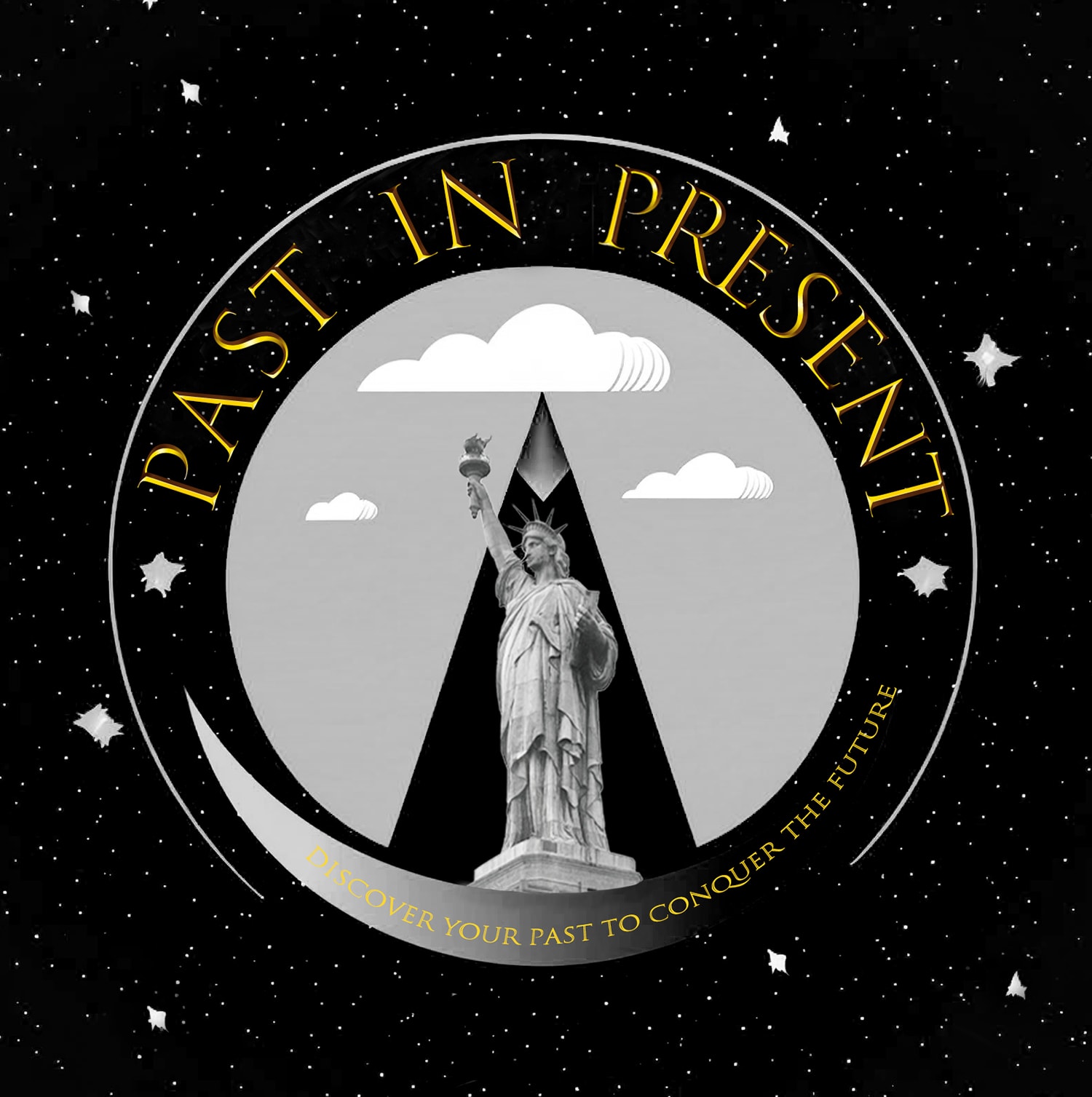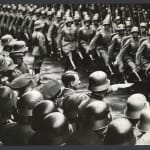 The Death of Democracy: Hitler’s Parade of Power at the Reichstag Memorial for Hindenburg Berlin, 1934. (Watermarks do not appear on the actual photograph.)
The Death of Democracy: Hitler’s Parade of Power at the Reichstag Memorial for Hindenburg Berlin, 1934. (Watermarks do not appear on the actual photograph.)
 The Death of Democracy: Hitler’s Parade of Power at the Reichstag Memorial for Hindenburg Berlin, 1934. (Watermarks do not appear on the actual photograph.)
The Death of Democracy: Hitler’s Parade of Power at the Reichstag Memorial for Hindenburg Berlin, 1934. (Watermarks do not appear on the actual photograph.)
 The Death of Democracy: Hitler’s Parade of Power at the Reichstag Memorial for Hindenburg Berlin, 1934. (verso)
The Death of Democracy: Hitler’s Parade of Power at the Reichstag Memorial for Hindenburg Berlin, 1934. (verso)
FPG Free Lance Photographers Guild
17 x 19.6 cm
Further images
On August 6, 1934, the streets of Berlin bore witness to a chilling display of militarism and totalitarian ambition. Before the imposing façade of the Kroll Opera House—by then the seat of the Reichstag—Adolf Hitler stood at the head of an elite military parade, saluting his forces in a carefully orchestrated spectacle of power. The occasion was a state memorial for President Paul von Hindenburg, but beneath the somber tributes, a darker reality was unfolding: the final collapse of democracy in Germany.
Hindenburg’s death on August 2 had removed the last constitutional barrier to Hitler’s absolute rule. Within hours, he merged the offices of Chancellor and President, declaring himself Führer und Reichskanzler, consolidating total control over the German state. The Reichstag, once a symbol of parliamentary governance, had been reduced to a rubber-stamp institution for the Nazi regime. This grand military procession, ostensibly in honor of the late president, was in truth a proclamation of the Nazi dictatorship, showcasing the regime’s growing strength and the unwavering loyalty of its armed forces.
The Kroll Opera House, where Germany’s elected representatives once debated laws, had become a stage for fascist propaganda. The raised arms of soldiers and SS officers in Nazi salute signaled not just allegiance but submission—a foreshadowing of the militarization and aggressive expansionism that would soon plunge Europe into chaos.
This moment, immortalized in this haunting photograph, marks the precise turning point when Hitler’s personal rule became absolute, and the world edged closer to catastrophe.
History teaches us that democracy can vanish in a matter of days. In 1933, it took just weeks for Germany to fall under dictatorship. Today, tell me—how many days do you have?
Provenance
FPG Free Lance Photographers Guild
Past in Present.com Inc private historical archive.
This photograph came from unidentified historical archive collection. All items from that source are vintage, well preserved, high quality and historically significant. The archive came with a few printed pages that contained biography of Philipp Freiherr von Boeselager who was a German army officer known for his involvement in the 1944 plot to assassinate Adolf Hitler. After World War II, he pursued studies in economics and became a forestry expert. He also co-founded the Malteser Hilfsdienst, the medical service of the German Order of Malta, and coordinated German pilgrimages to Lourdes.
So we can cautiously assume that this photograph came from his collection, but provenance require further research.



